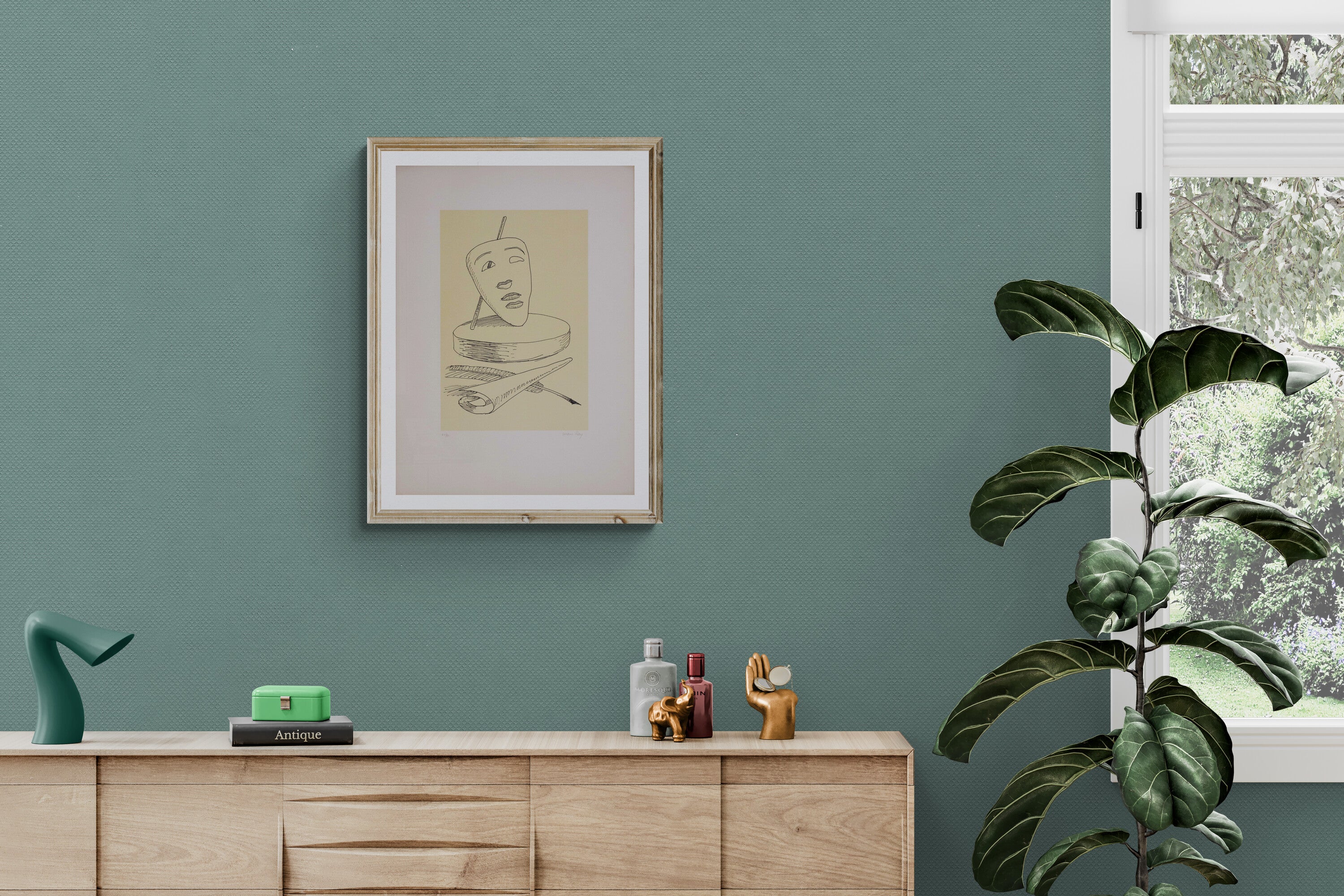Carlo Carrà biography
- CARLO CARRA' PAINTER

Carlo Carrà was an Italian painter. He was born in 1881 in Quargnento, a small town in the province of Alessandria.
Son of a blacksmith, he began his artistic training at the Brera Academy of Fine Arts in Milan where he also started collaborating with artists such as Umberto Boccioni and Gino Severini, founders of Futurism.
During this period, Carlo Carrà explored the concept of dynamism, that is the representation of movement through the deformation of forms and the use of bright colors. In 1910 he participated in the Futurists' group exhibition at the Sprovieri Gallery in Rome. It was during this period that he developed his interest in Metaphysical Painting, beginning to represent the real world through the creation of unusual spaces and objects, in an unreal and suspended atmosphere. It was precisely the Metaphysical phase that brought him greater success and made him one of the leading figures of the early twentieth-century artistic avant-garde. To this day Carlo Carrà is considered one of the founders of the Metaphysical movement, along with artists such as Giorgio de Chirico and Filippo de Pisis.
In 1915 he enlisted in the army and was sent to the front in the Trieste area. This period was very difficult for the artist, who suffered from the death of his war comrades and from the conflict that had destroyed his country. This experience is reflected in his artworks, which gradually became darker and more melancholic.
In 1916 the painter created the artwork The Metaphysics of After Lunch, which would become one of his most famous artworks. This artwork depicts an empty and unreal interior, where objects are placed unusually and where light and shadows create a sense of unreality. The artwork is characterized by precision in the representation of details, which helps make the image even more mysterious and surreal. In "The Metaphysics of After Lunch" Carrà uses the idea of an interior space as a background, where objects are represented irregularly and suspended, creating a feeling of uncertainty and mystery. The artwork represents a sort of theater of the absurd, where objects have no precise function but become scenic elements of the representation.
After the end of the First World War, Carlo Carrà returned to Milan and joined the group of metaphysical painters. During this period he also began experimenting with figurative painting, inspired by the Renaissance tradition and Italian popular culture.
In the 1920s, Carlo Carrà met the artist and writer Ardengo Soffici, with whom he collaborated on the magazine Valori Plastici. This magazine represented an important place for artistic and cultural debate, where the painter could present his ideas on painting and Metaphysics.
In 1929 he left Italy to move to France, where he came into contact with the artists of Surrealism, which ended up influencing his art. In the 1930s he approached the Novecento movement, founded by art critic Margherita Sarfatti. Novecento represented a return to figurative tradition and Italian culture, in opposition to the international avant-garde. During this period, Carlo Carrà created numerous artworks depicting Italian daily life, such as Piazza del Popolo and The Tram Rope. These artworks are characterized by accurate reproduction of details and the use of vivid colors.
During the Second World War, he took refuge in Switzerland to escape fascist repression. It was during this period that he began to take an interest in religious painting, creating artworks such as The Madonna of the Vow and The Madonna of the Snow.
After the war ended, the artist returned to Italy and in 1948, together with Renato Guttuso and Giuseppe Santomaso, founded the New Front of the Arts. This movement represented a reaction against academic painting and the conventional representation of Italian art.
In the '50s and '60s, he created numerous artworks representing nature and the Italian landscape, such as The Crops, The Botanical Garden and Lake Como. These artworks were characterized by precision in details and the use of natural colors.
Carlo Carrà continued to work until the end, creating artworks such as The Last Supper and The Passion of Christ. He died in Milan in 1966, leaving behind an important and influential artistic legacy.



